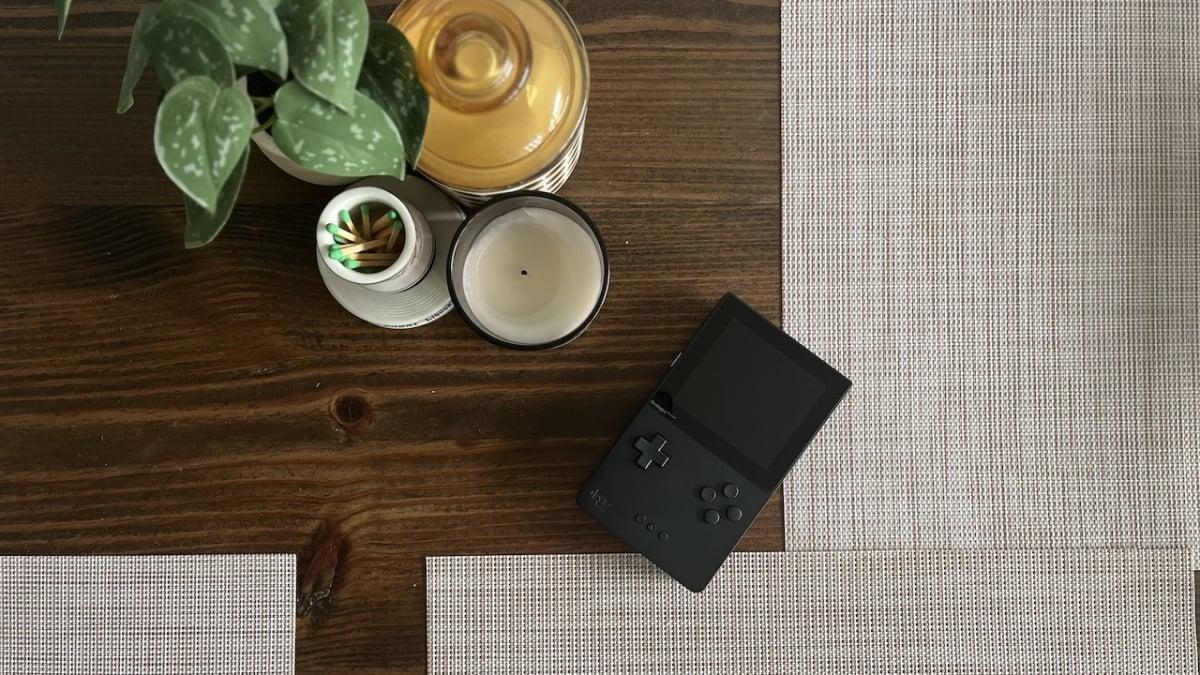Our review
Read our full review of the Valve Steam Deck.
Who it's for
The Steam Deck is unlike any device that has come before it, bringing the traditionally less-accessible PC gaming experience to a streamlined and impressively powerful handheld. If you feel like you have PC gaming FOMO, the Deck might finally fix that.
Why we picked this
Using Steam's built-in OS, the Steam Deck gives you access to the entire Steam Store library (including your own account, if it's already attached to a PC rig). Not every game in there is compatible with the Deck, but Steam kindly labels the ones that can run on it within their storefront — and the selection is enough to keep you busy for a while. From there, you can install games directly onto the device and start playing.
The power of the Steam Deck is remarkable. We had multiple "pinch me" moments as we booted up demanding games like Elden Ring, Uncharted 4: A Thief's End, and God of War and experienced zero performance issues. Even games that aren't "Deck Verified" ran smoothly after we messed around with some graphics settings. (Playing Red Dead Redemption 2 on a handheld was surreal.) We also appreciated the Deck's desktop mode, which basically turns it into a pint-sized computer that you can use for web browsing and more. If you're patient enough, you can even program it to boot up non-Steam launchers like EA Origin and Ubisoft Connect, but it's a complicated process that requires some Linux know-how. It's a downside for those who want an all-encompassing PC experience with no limitations, but there's still so much here to enjoy that it's not a dealbreaker by any means.
The hardware itself is also great, but not without some minor faults. We really enjoyed the Deck's form factor and the layout of its controls, especially the rear-mounted buttons and dual trackpads on each side of its screen. It's comfortable to hold, and reaching each button is never a struggle. The device is on the heavier side, though, and you start to feel that weight after a few hours into play. That is, if you can get a few hours of play — unfortunately, the battery life of the Steam Deck isn't the best. Its quick drain is understandable when you consider how much power is required to run some of these games on a handheld level, but that doesn't make it any less annoying. Thankfully, you can still play it while it's plugged into the included charger.
PC gaming has traditionally been inaccessible to a large swathe of people because of the steep financial investment and need for constant troubleshooting. The Steam Deck is able to democratize it for all players, and to us, that's a gigantic feat.








